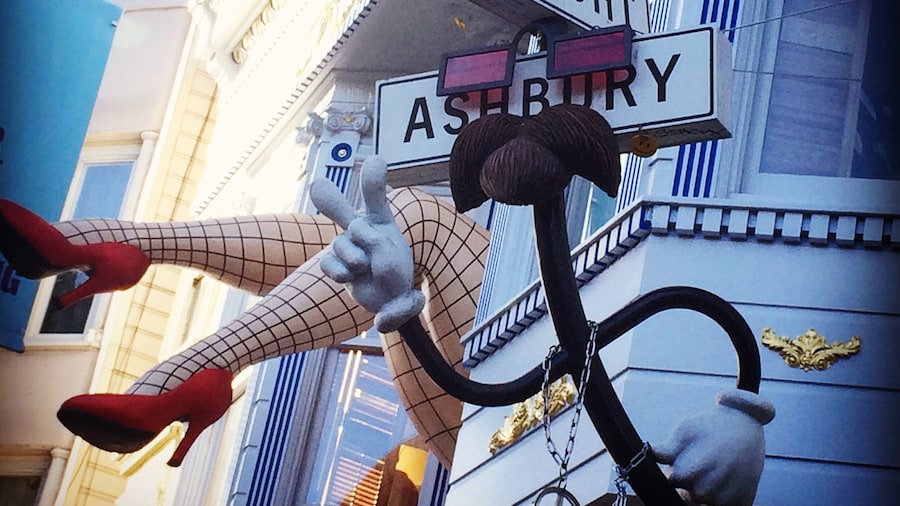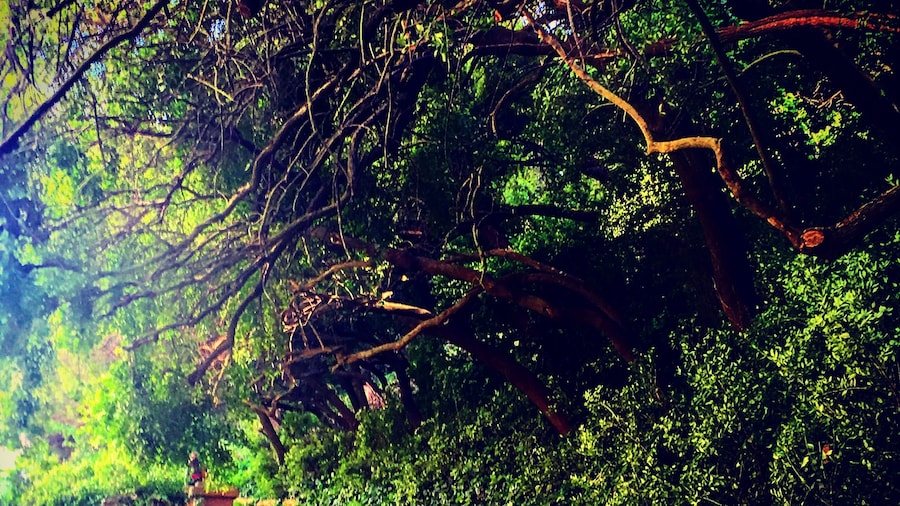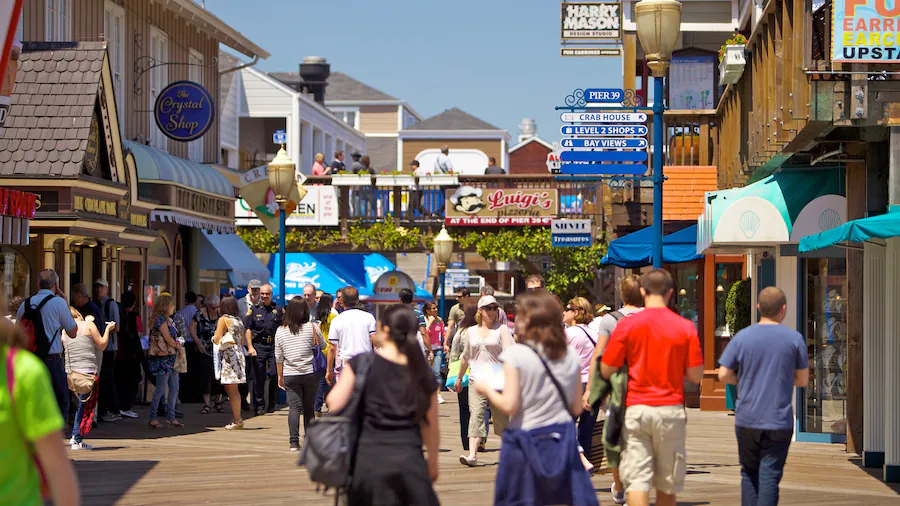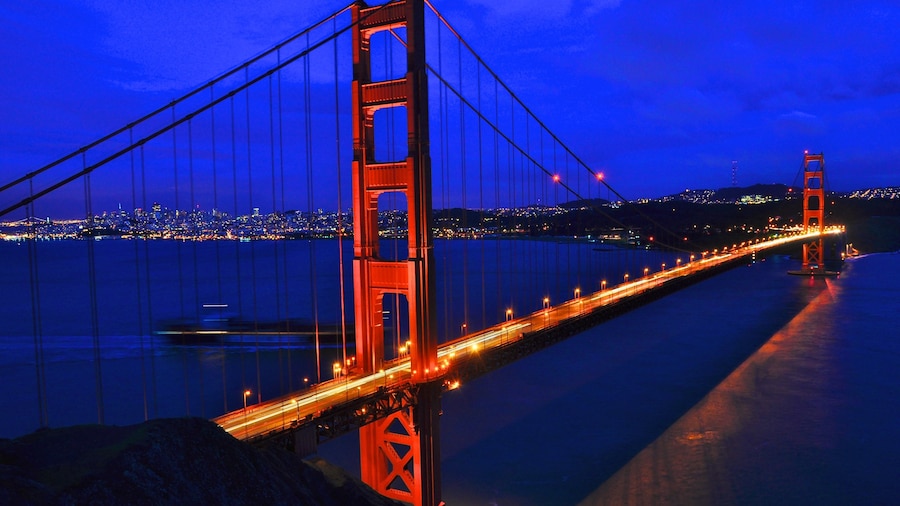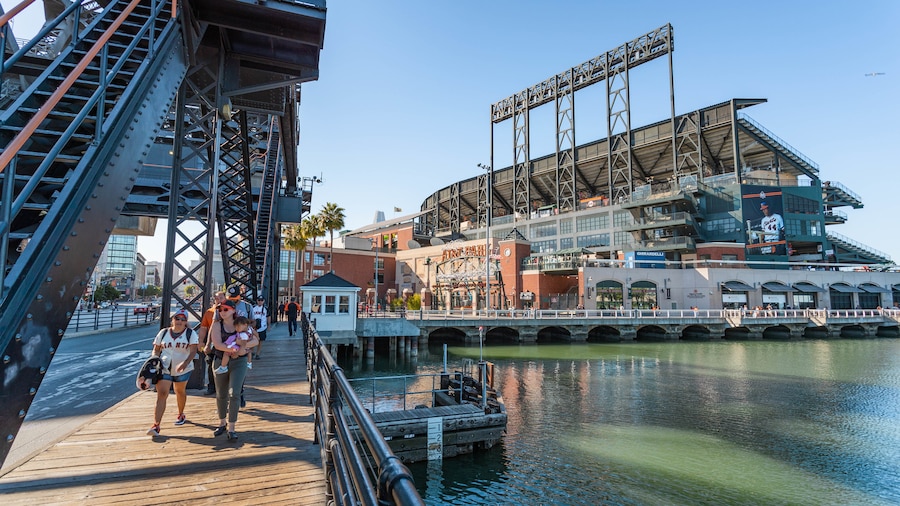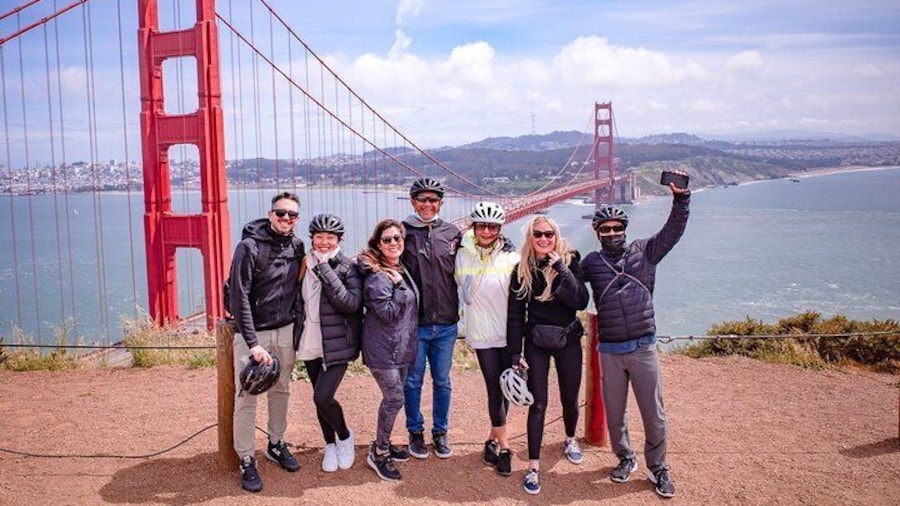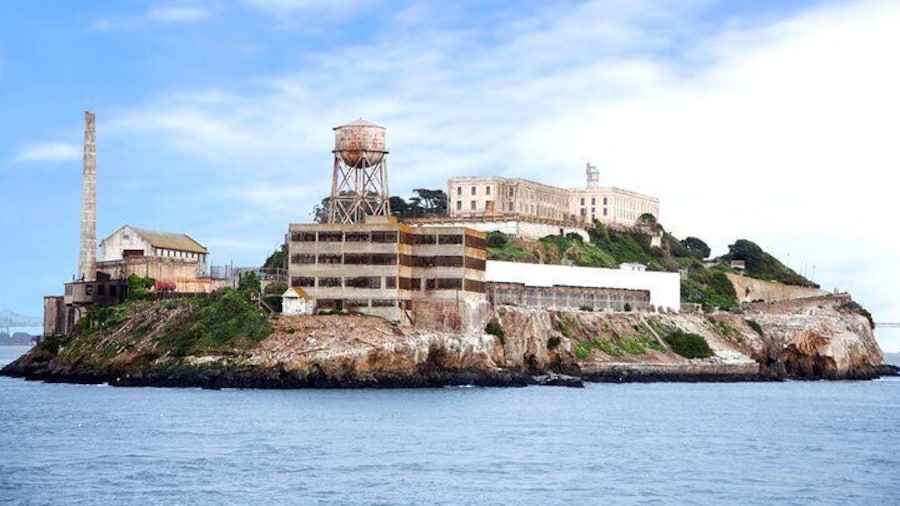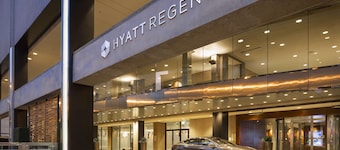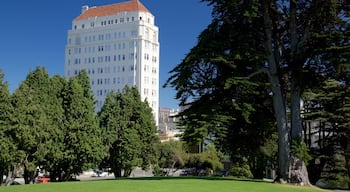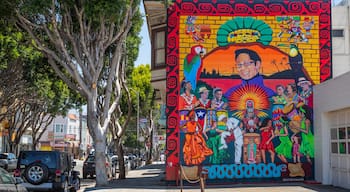Home of the Summer of Love, flower power and the Grateful Dead in the ’60s, this neighbourhood is still a San Francisco landmark rich with history.
Haight Ashbury was the epicentre of 1960s flowered-power fuelled counterculture, a refuge for rebellious teens, society dropouts and peace-loving dreamers. Janis Joplin and The Grateful Dead are long-gone, but many remnants of the tie-dye wearing, incense-burning, love-not-war generation are still evident in this bohemian neighbourhood. Students and other local young people, as well as tourists, hang out in the coffee houses and music clubs, book stores, boutiques and shops selling ethnic clothes and smoking paraphernalia.
If you want to get in touch with your inner flower child and sample some of the history of the Haight, you can still find Hendrix and Jefferson Airplane records (actual vinyl!) in a few of the music stores and “hippie” relics in the souvenir shops. But the neighbourhood is considerably more gentrified than in its ’60s heyday. Expensive clothing boutiques, hip restaurants and internet cafes all add to the eclectic vibe.
In the ’70s, most of the hippies moved out and the yuppies moved in, snapping up the colourful Victorian row houses, “painted ladies,” that draw tourists from all over the world. Some of these “painted ladies,” a term for Edwardian and Victorian homes painted in three or more colours—typically pink, purple, lemon and lavender—to embellish the intricate architectural details, date back to the mid-1800’s. The entire district is unique in that it survived the 1906 earthquake that destroyed more than 80 percent of the city.
The best way to enjoy and discover this laid-back yet lively neighbourhood is by strolling the streets with a camera. Consider finishing your day at historic Buena Vista Park, the oldest park in the city, which covers 37 acres (nearly 15 hectares) along a steep hillside with amazing views of the city and the ocean. This is a great vantage point to watch the sun go down over the Golden Gate Bridge.





